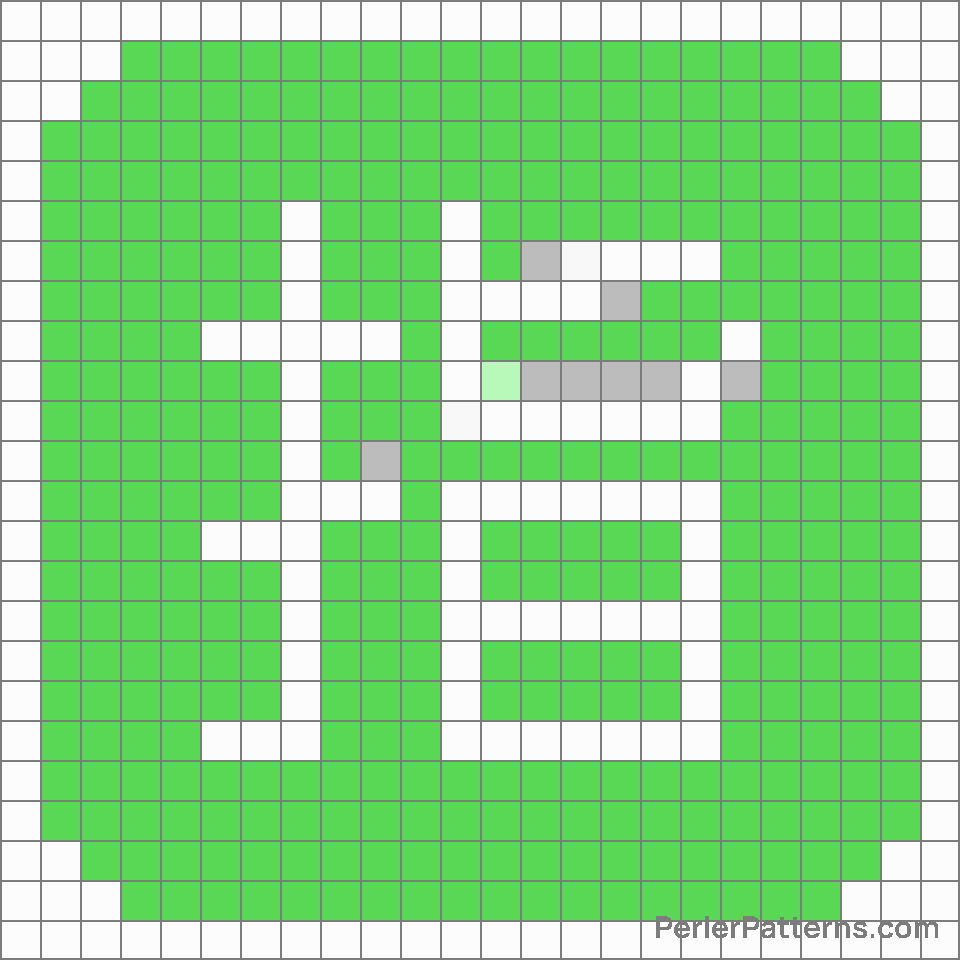
Japanese “reserved” button emoji Perler Pattern
The emoji 🈯, commonly known as the 'Japanese "negation" symbol,' consists of a squared shape with the character "㊗️" inscribed within it. The 'Japanese "negation" symbol' initially gained popularity in Japan, where it is widely recognized as a representation of a favorable or successful outcome. The bold, red character is visually striking against the square backdrop, capturing attention and conveying a sense of significance. Its distinct appearance makes it easily recognizable, even across different cultures and languages. People often employ the 🈯 emoji to express a sense of celebration, achievement, or congratulations. Its usage reflects a feeling of positivity or success, allowing individuals to celebrate personal accomplishments, milestones, or good news. Additionally, it can be employed to express approval or endorsement, particularly in response to others' achievements or positive events. Due to its recognizable nature, this emoji can be an effective means of conveying emotions related to accomplishment or congratulatory sentiments in both text-based and visual communication contexts. Whether you have secured a victory, achieved a goal, or simply want to express your support for others' achievements, 🈯 can serve as a concise and visually appealing representation of these emotions.
Instructions
Start making the "Japanese “reserved” button" emoji Perler Pattern by choosing one of the patterns below, depending on the size of pattern you are looking for, and the outline style. Then, click on the "Print" button to the right to print out the pattern, or click on the image itself to open it in a new window.
Once you've printed the pattern, follow the instructions here to make your own Perler bead creation!
Related Patterns

Japanese “open for business” button

Input numbers

Free button

Ng button

Japanese “application” button

A button (blood type)

Id button

Japanese “vacancy” button

Ab button (blood type)

Cl button

Japanese “bargain” button

Japanese “prohibited” button
More from Symbols
About PerlerPatterns.com
PerlerPatterns.com is the world's largest (and free) site for Perler Beads, Fuse Beads and Hama Beads patterns and designs.
Learn how to create your own Perler Bead patterns by click on the button below:
Instructions

























